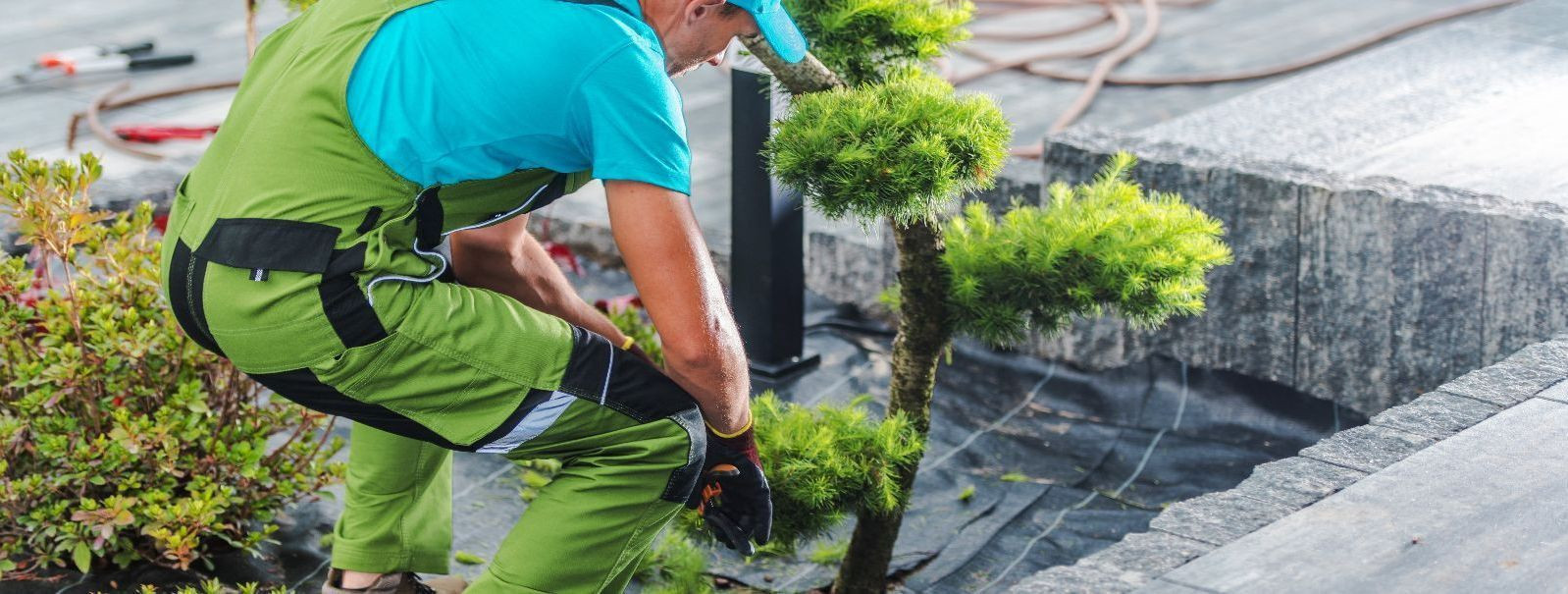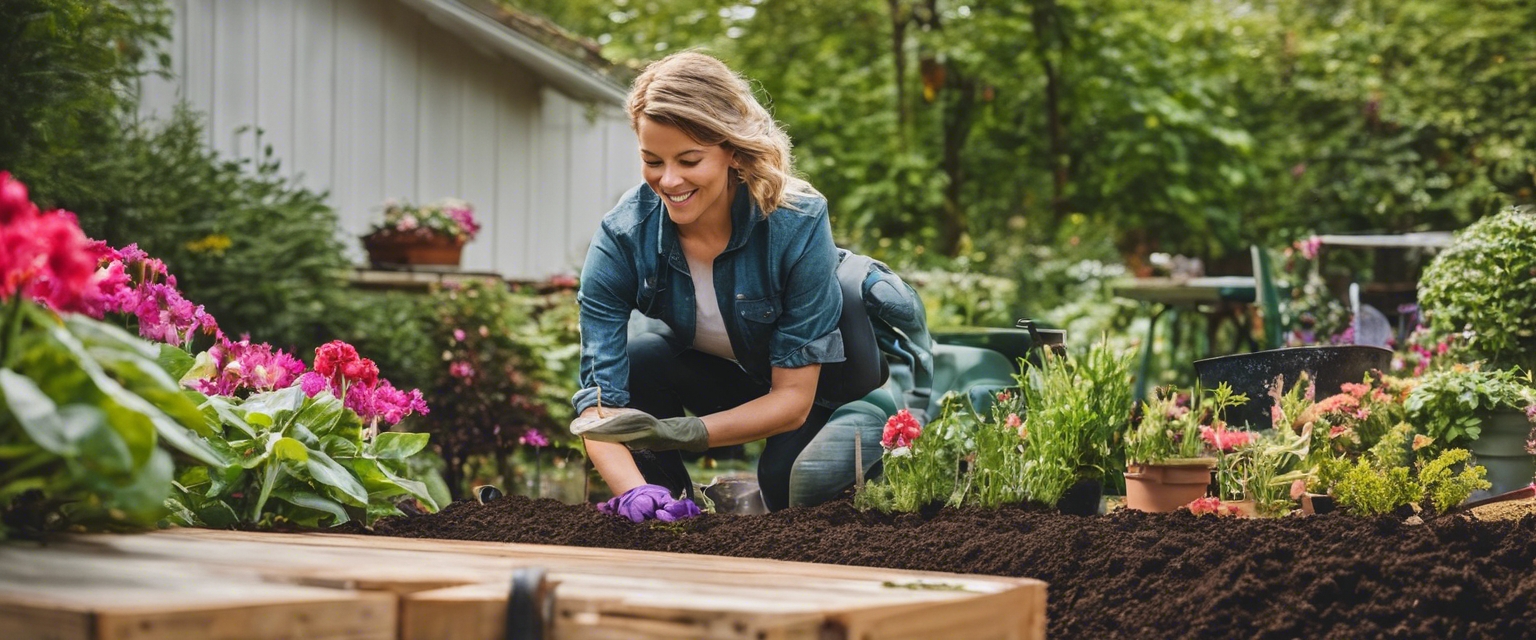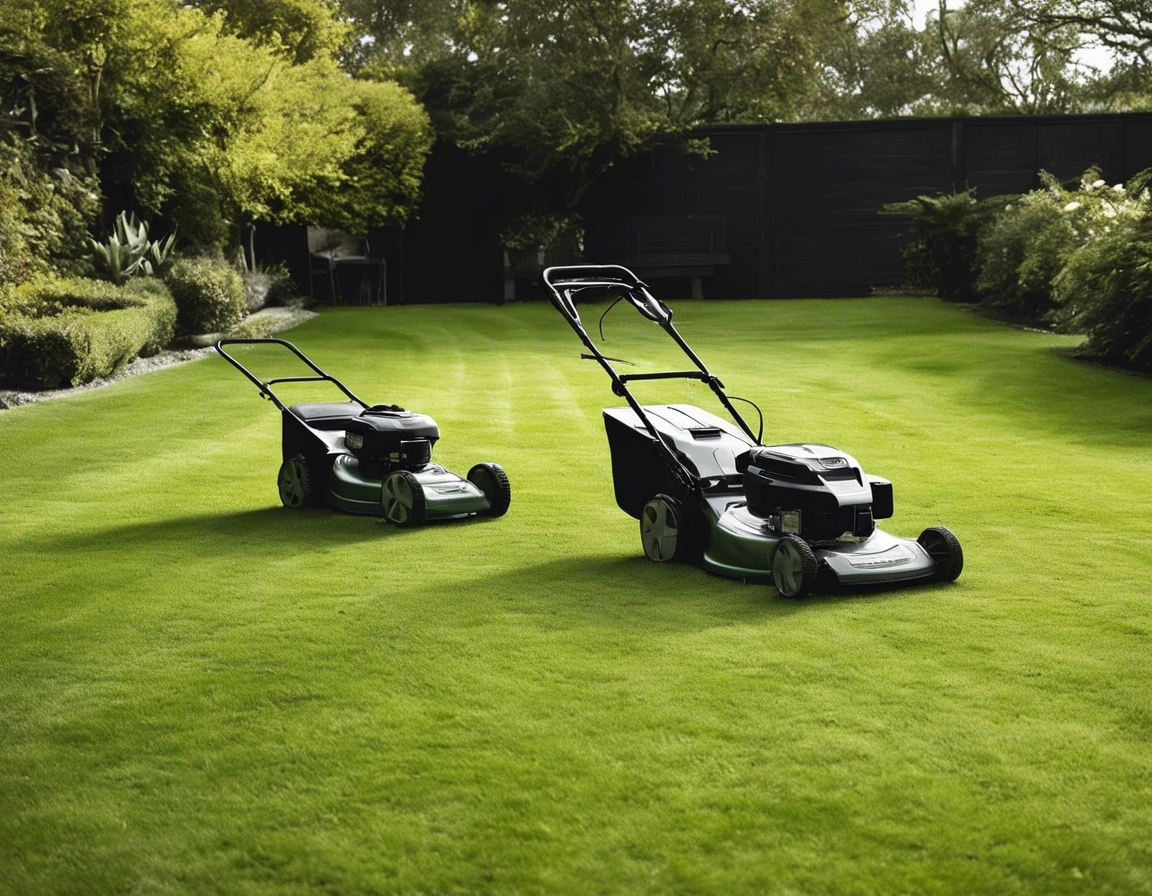5 tips for sustainable landscaping in estonia
Estonia's unique climate and rich biodiversity set the stage for sustainable landscaping practices. With cold winters, mild summers, and a diverse range of ecosystems, landscaping in Estonia requires a thoughtful approach that respects the natural environment.
Sustainable landscaping is not just an environmentally friendly choice; it's a necessity for preserving Estonia's natural beauty and resources. By adopting sustainable practices, we can ensure that our outdoor spaces remain vibrant and healthy for generations to come.
Tip 1: Use Native Plants in Your Landscaping
Native plants are adapted to the local climate and soil conditions, making them more resilient and requiring less maintenance. They also provide essential habitat for local wildlife, supporting biodiversity.
When selecting native plants, consider the specific conditions of your site, such as sun exposure, soil type, and moisture levels. Consulting with a professional from EESTI METSADE HOOLDUS OÜ can help you make the best choices for your landscape.
Tip 2: Implement Water Conservation Techniques
Efficient irrigation systems and timing can significantly reduce water usage. Drip irrigation and soaker hoses target the root zone of plants, minimizing evaporation and runoff.
Collecting rainwater for irrigation purposes not only conserves water but also reduces the burden on municipal systems. Sustainable drainage solutions, like rain gardens and permeable paving, help manage stormwater naturally.
Tip 3: Promote Soil Health and Biodiversity
Organic mulch and compost enrich the soil, suppress weeds, and reduce the need for chemical fertilizers. These practices support a vibrant ecosystem below the ground, which is crucial for healthy plant growth.
Designing landscapes that attract birds, bees, and other beneficial creatures not only adds to the beauty of the area but also contributes to pollination and pest control.
Tip 4: Reduce Lawn Areas and Opt for Eco-Friendly Alternatives
Traditional lawns require significant water, fertilizers, and mowing. By reducing lawn areas, you can save resources and create a more diverse landscape.
Groundcovers, wildflower meadows, and native grasses are excellent alternatives to traditional lawns. They provide a natural look, require less maintenance, and support local ecosystems.
Tip 5: Use Sustainable Materials and Practices in Hardscaping
Materials like reclaimed wood, recycled plastic, and locally sourced stone reduce the environmental impact of your landscaping projects.
Using permeable materials for pathways and patios allows water to infiltrate the ground, reducing runoff and promoting groundwater recharge.






Comments (0)